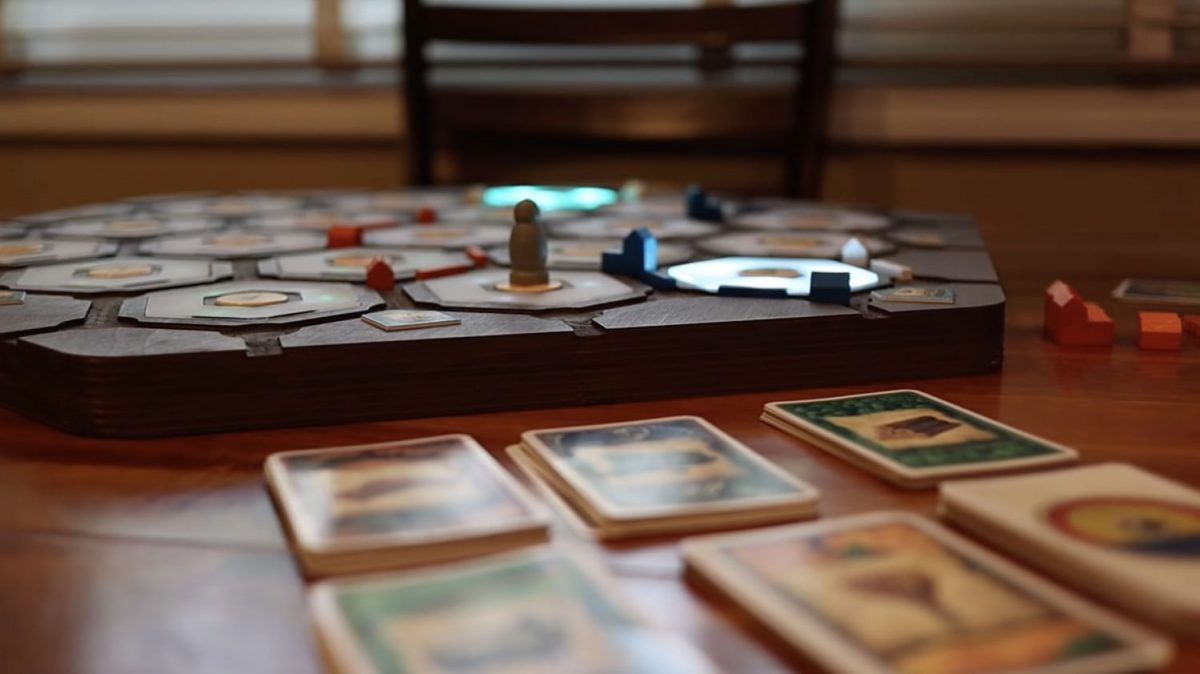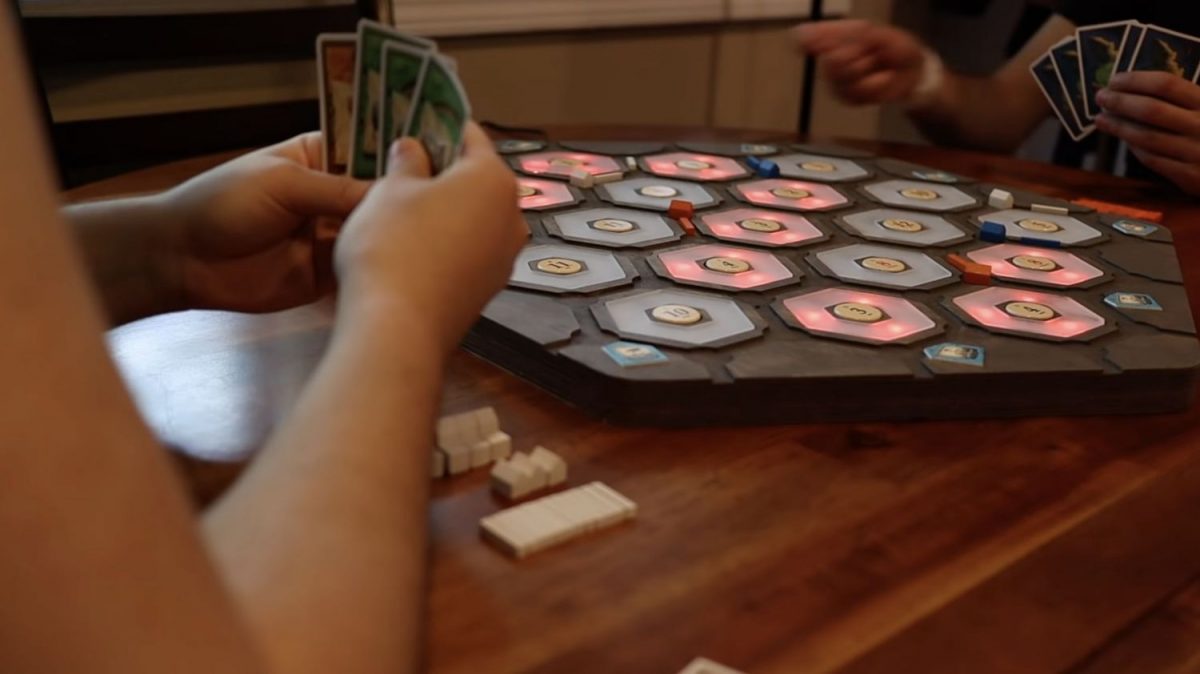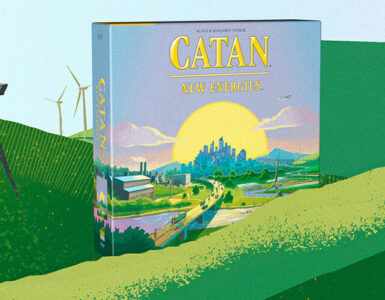- Shares
- 116
The board game Catan, or previously known as Settlers of Catan, is not a hard game to learn and understand however, there are some elements that can get quite tricky to master such as remembering to claim resource cards after you’ve rolled your dice.

Therefore, a guy named Sam March has decided to revamp the board to make his very own custom-made Catan. His version of the board game has tiles that automatically light up so that it’s easier for players to identify when a dice roll falls in their favour.
Having sold over 32 million copies of Catan, fans have spawned countless custom versions of the board game, looking for a way to somehow make the game more elaborate and engrossing. From having 3D recreations of the terrains to using expensive wood for the board instead of the cardboard it comes with, there’s a lot of room for expression and customisation to venture in.

However, March’s board takes the lead amongst others due to his clever use of electronics that he has incorporated to improve the overall gameplay yet still be able to preserve the enjoyable essence of Catan.
Nicknamed Fancy Schmancy Settlers, March replaces the standard cardboard hexagonal tiles with several CNC milled birch plywood that was stacked and glued on together. Additionally, instead of having the hexagonal tiles be manually assembled, March also replaced the tiles with 19 custom-designed PCBs, each with its own LEDs that changes colour to indicate what resources they produce. When the custom Catan board is powered on, a random arrangement of the tiles is automatically created, following the original game rules.

In the original version of Catan, players analyses the board after every roll to determine which tiles are active based on a numbered token labelled on top of them, but with March’s custom board, the dice does the rolling all by itself and then automatically lights up the active tiles which makes it obvious for players to know when they’re able to collect resource cards.
Fortunately, the man behind this impressive board has provided all of his designs and custom codes as open-source materials. Those interested in having such a digital Catan board may download his resources on GitHub.
Just keep in mind that this customisation is far from a one-day build, with materials to source out for as well as manual labour. You might need some settlers to lend you a hand during this project.













